Toolkit Section 2:
State Government and Education: a 101 Guide
The Legislature and Governor. The California legislature consists of the Senate (40 elected members) and Assembly (80 elected members). A bill might begin in either chamber. If a bill passes both chambers (the Senate and the Assembly), it’s sent to the governor who can sign it into law or veto it. If he does neither, it automatically becomes law. Every year, new bills are signed into law that impact California’s education system.
The California Education Code. The California Education Code is the body of law that governs education in California. It contains a wide assortment of laws and regulations on everything from administration, school finance, teacher credentialing, student attendance, safety standards, postsecondary education, and more.
The Annual State Budget. The state’s yearly budget is a major way the legislature and governor direct public education. Each year, the governor must submit a proposed budget by January 10. The Senate and Assembly consider the budget in their committees and subcommittees, and eventually ultimately both chambers cast their votes on the budget bill. The California Constitution requires budget bills to be passed by June 15. The 2022-23 budget, approved in the summer of 2022, provides $128.6 billion in funding for California public education for the fiscal year.
The Department of Education. This bureaucratic agency oversees public education in the state. It’s led by the State Superintendent of Public Instruction, a position elected every four years in a non-partisan race. Also at the top of the Department of Education is the eleven-member Board of Education. Rather than elected seats, ten of the seats are appointed by the governor to serve four-year terms, and the eleventh seat is filled by a high school student for a one-year term. The Superintendent of Public Instruction is tasked with administering the Board of Education’s decisions. Department of Education oversight is extensive, including but not limited to: overseeing academic testing and publishing the results, making decisions about academic standards and their implementation, facilitating school funding authorized by the legislature and governor, maintaining special programs such as nutrition and mental health initiatives, and credentialing teachers.
Voters. Voters can directly influence public education during elections. Besides voting for the State Superintendent of Public Instruction, district school boards, and county Boards of Education, you might find education propositions and school bond measures on your ballot. Bond measures, if approved, authorize school districts or the state to raise funds by borrowing money (see the Parent Union Guide to Bonds for more details). Ballot propositions offer a way to amend the California Constitution or laws/statutes. Examples of education propositions passed by California voters are Proposition 98 (1988), which set requirements for minimum public school funding, and Proposition 49 (2002), which increased grants for before- and after-school programs and made all public schools, including charter schools, eligible for grants. In 2022, there is one education proposition on the ballot: Proposition 28, which would require funding for K-12 music and art education.

